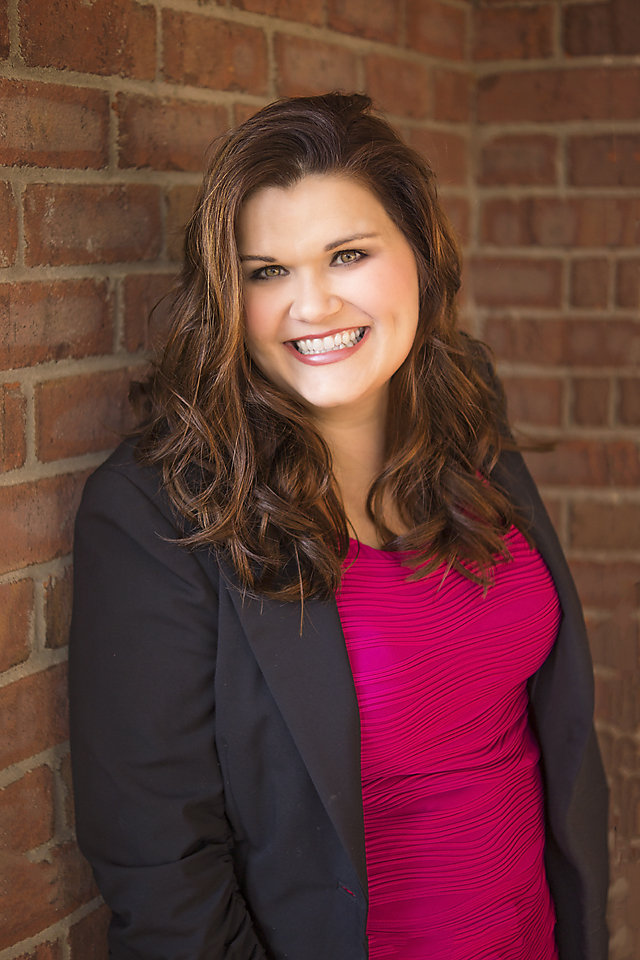
Image by Free-Photos from Pixabay
If you're looking for loans with excellent interest rates, you may have heard the term USDA bandied about. This special type of loan is attractive on paper, but the reality is a little more complicated than what meets the eye. Learn more about what a USDA loan is meant to do, how to get one, and why the terms are so buyer-friendly.
The primary goal of a USDA loan is to infuse new life into rural communities. When people flock to cities, it causes rents to rise and small towns to crumble. A USDA loan is a way to entice Americans to renovate old homes and keep abandoned neighborhoods alive. These loans are backed by the government and issued by the lender. Because of the purpose behind the USDA, the applicant is judged more so on their general merits rather than their financial status. As long as the buyer is willing to commit to the property and the surrounding community, they're likely to be approved.
Here are the key eligibility requirements for a USDA loan:
It's worth noting that some USDA homes are in more populated areas, so you shouldn't assume a property is ineligible until you confirm. If you're unable to secure a USDA loan, you may want to consider an FHA loan. While the terms are not quite as attractive, FHA loans are also backed by the government. This gives people with lower credit scores a way to secure a property at a reasonable interest rate.

Meet Norma, a trusted realtor in Middle Tennessee. With over 20 years of experience living in Smyrna with her husband and two children, she has a deep understanding of the local community. Norma's background in customer service and the medical field has given her the skills to provide excellent care and service to her clients, no matter the price point of their home.
With a passion for service and a commitment to professionalism, Norma strives to make each client's experience smooth and memorable. As a real estate agent, her first priority is education, as she listens to her clients' needs and wants and uses her skills and 10+ years of experience to deliver a stress-free and enjoyable home buying or selling experience.
Norma is dedicated to making a life-changing difference in her clients' lives and is committed to providing the highest level of service. Let Norma help you navigate the exciting journey of buying or selling your home.